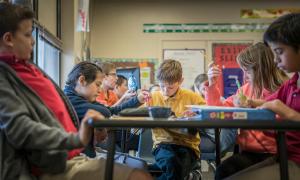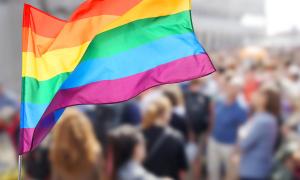article
Talk with Students About Slut-Shaming
Slut-shaming is a dangerous phenomenon in schools, but there are ways to support students.




The news—and disturbing footage—of police officers assaulting an unarmed black teenager in Florida last week shines yet another spotlight on the dangers black youth face every day. Your students have likely seen the video and conversation surrounding #JusticeForLucca. These resources will help you understand how this violent footage can affect students, how to discuss this news with them and how you can bring #BlackLivesMatter into your classroom.
